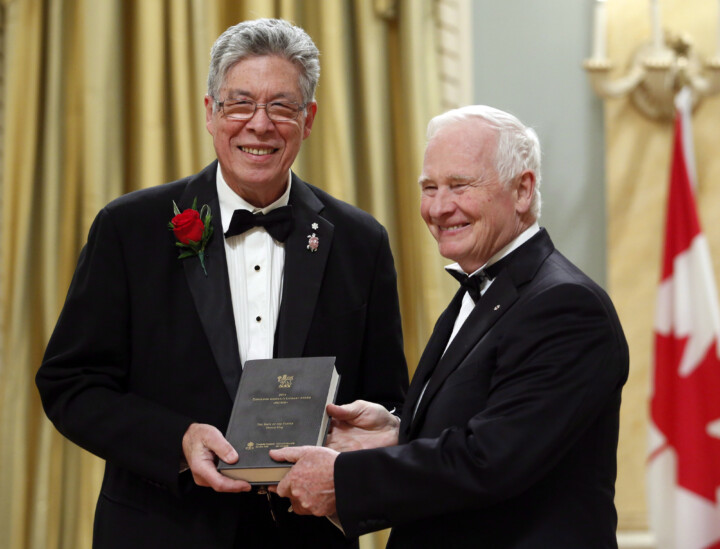
‘The economics are dismal, but are the politics smart?’: The Roundtable on the big problems with Carney’s major projects lists
Rudyard Griffiths and Sean Speer discuss the Carney government’s new list of major projects and what it reveals about Ottawa’s economic strategy. They argue that projects require financing rather than regulatory acceleration, suggesting the government is overriding market signals through subsidies.
In the back half of the show, they discuss rising economic discontent among younger Canadians, the potential for a “bourgeoisie revolt,” and what it means for Canadian politics. They explore whether Pierre Poilievre’s controversial style might meet this moment of economic anxiety, and why Mark Carney’s technocratic approach could be deemed as out of touch.
If you liked what you heard in the first half of the program and wish to subscribe to full-length editions of The Roundtable, please consider becoming a Hub Hero. Hub Heroes also get access to all our paid content on TheHub.ca. All these benefits are conferred for one year. Sign up now!
Program Summary
This is an automated summary. Please check against delivery.
The government’s strategy to accelerate major infrastructure projects through its Major Projects Office, established under Bill C-59, has raised questions about its focus. Instead of reforming the existing regulatory system for all projects, the legislation created a parallel process. This process provides expedited treatment for a select list of projects, while others remain subject to the standard regulatory framework.
The newly announced list of approved projects consists of developments characterized as “good, but certainly not pathbreaking.” A notable aspect of many chosen projects is that their principal challenge appears to be financing rather than regulatory delays. This suggests the government’s approach may function as an intervention to alter project economics through public support, effectively funding ventures that private capital markets have deemed too risky. Consequently, being on the major projects list becomes critical for attracting investment, while other projects must navigate the standard regulatory pathway.
The absence of oil and gas pipeline projects from the approved lists has been a point of scrutiny, particularly amid calls for such approvals from provincial leaders.
The structure of this system positions the government as the central arbiter of which developments proceed. By maintaining the existing regulatory environment for most projects while offering a fast-track to a select few, significant power is concentrated in Ottawa to pick winners. This model has been compared to investment climates where political connections are a prerequisite for major project approval, moving away from a system driven primarily by market forces.
This shift occurs within a broader political context of economic anxiety, particularly among younger Canadians. Some analysis suggests this environment may favor political approaches that emphasize clear economic solutions over technocratic management. Overall, the debate over infrastructure approval is part of a larger, consequential battle over the ideas that will shape future policy in a period of significant economic and political change.



Comments (0)